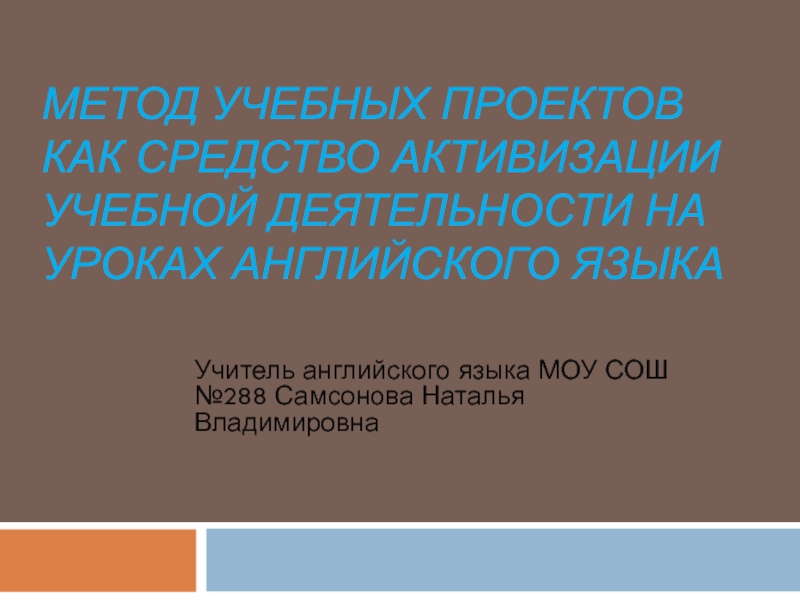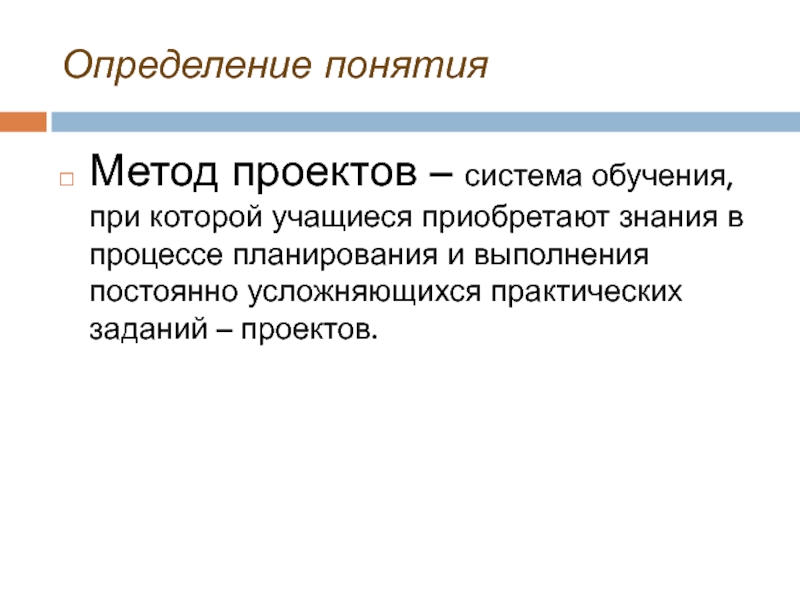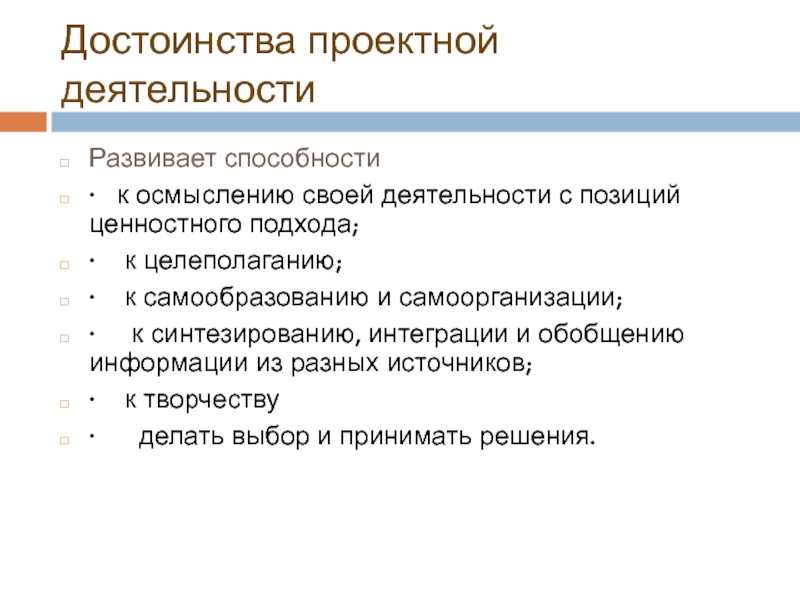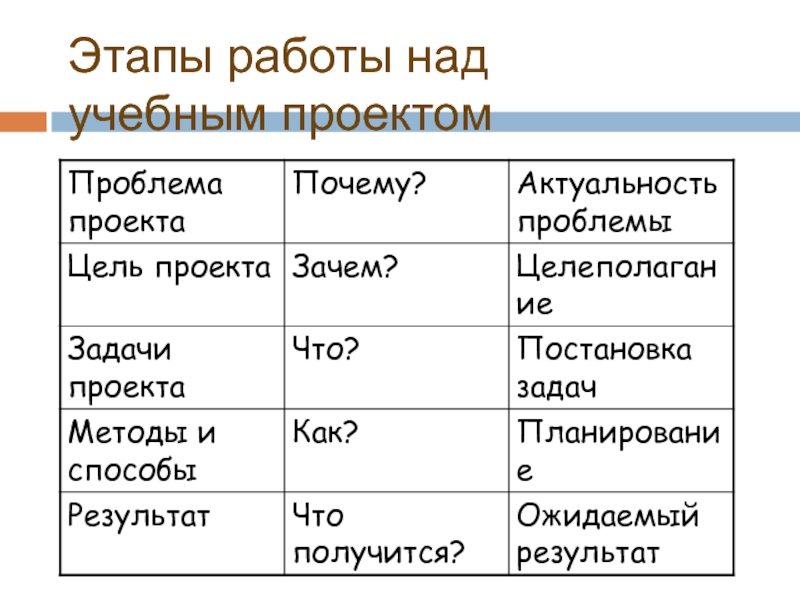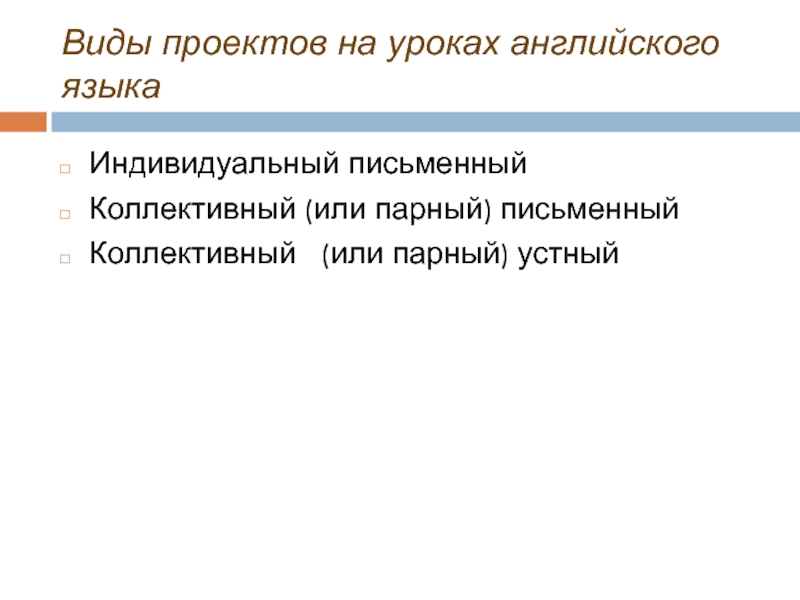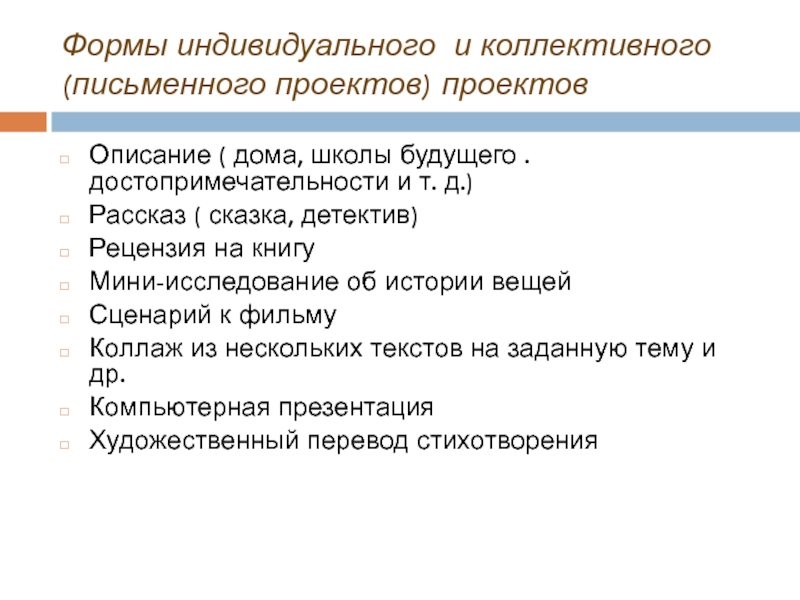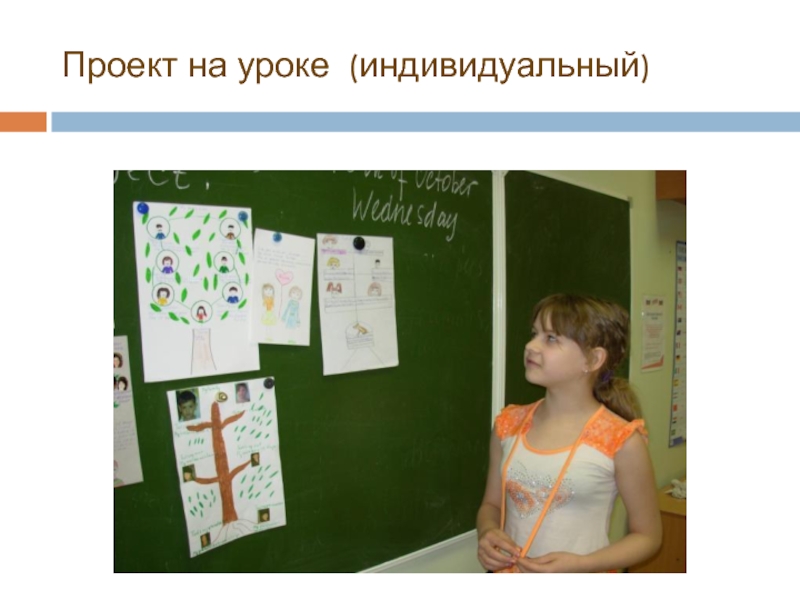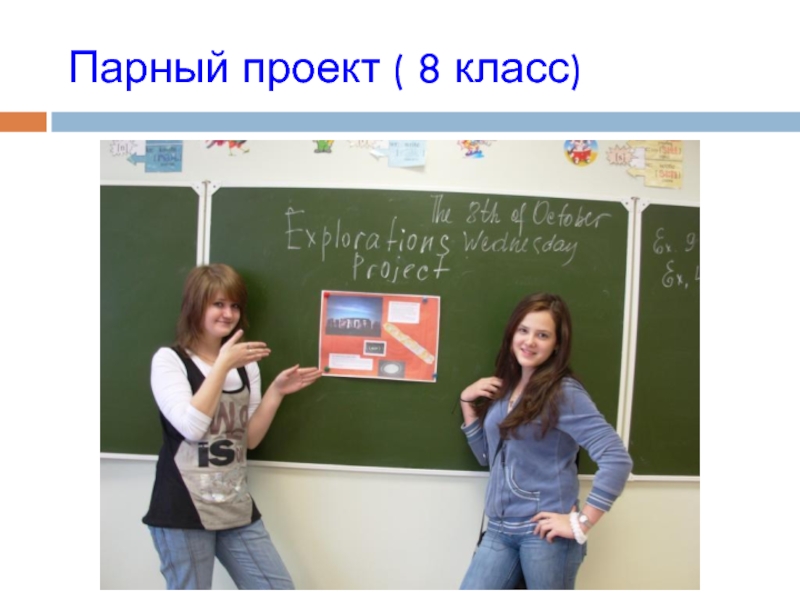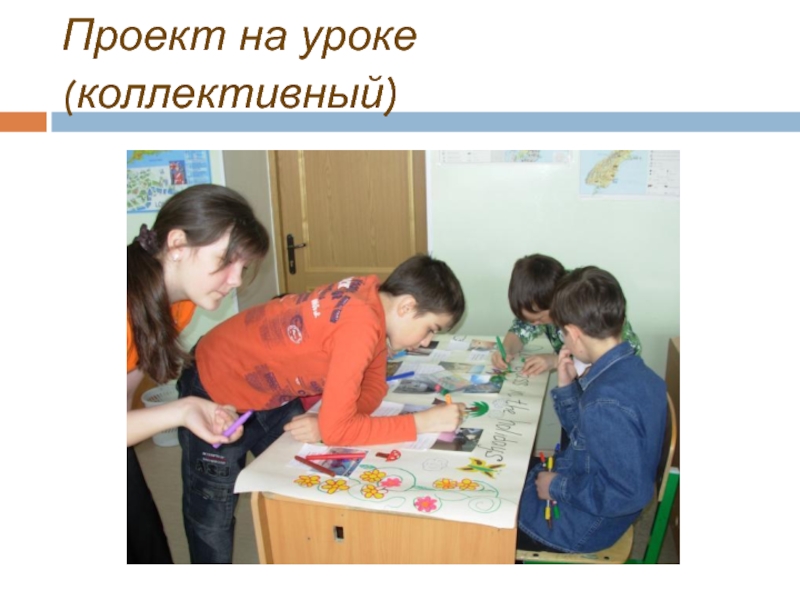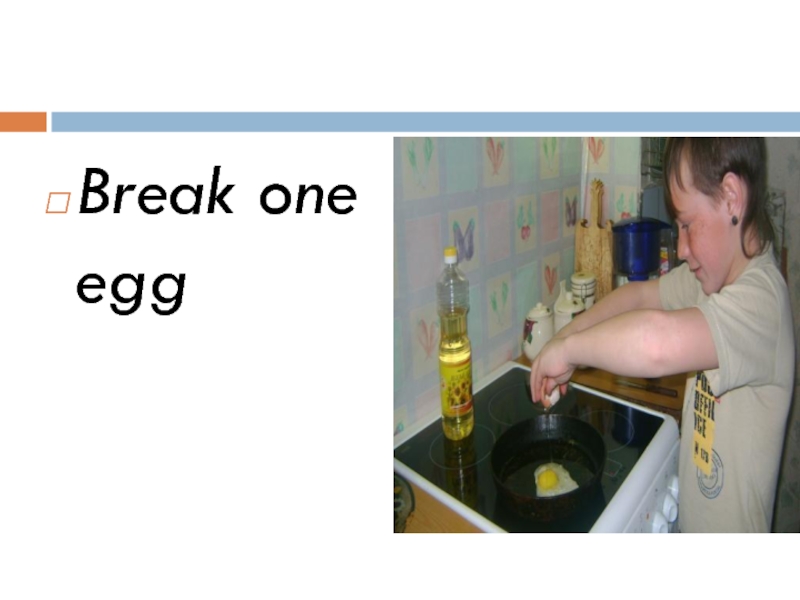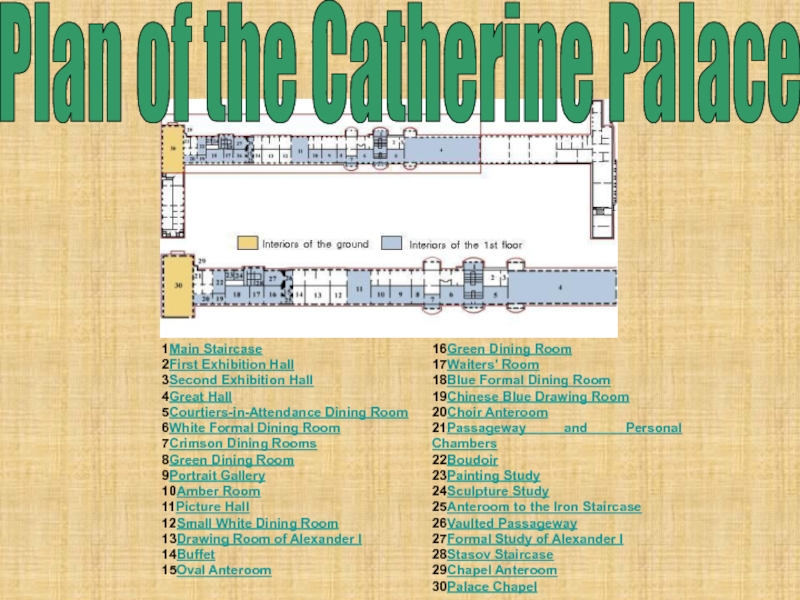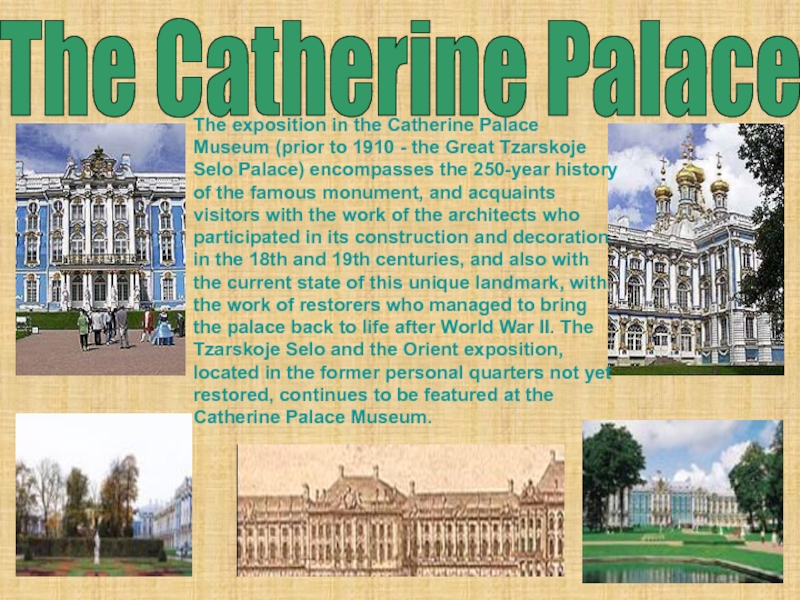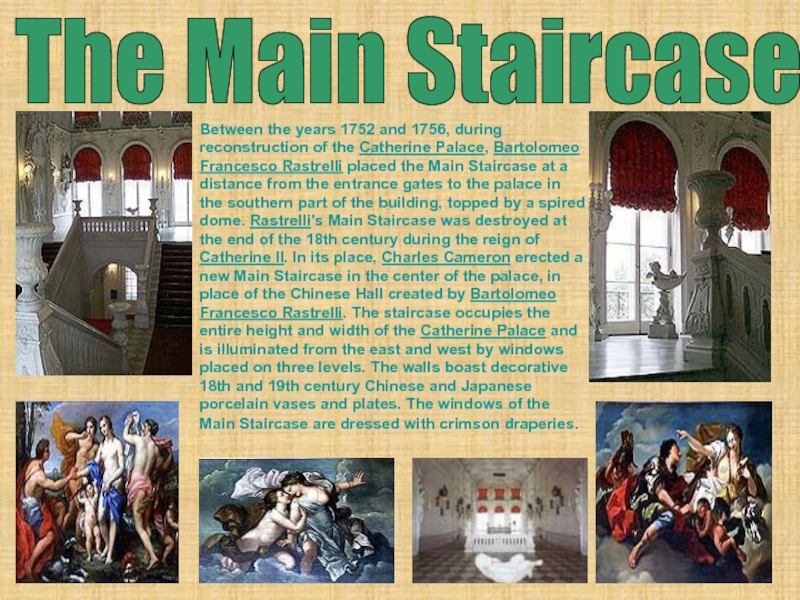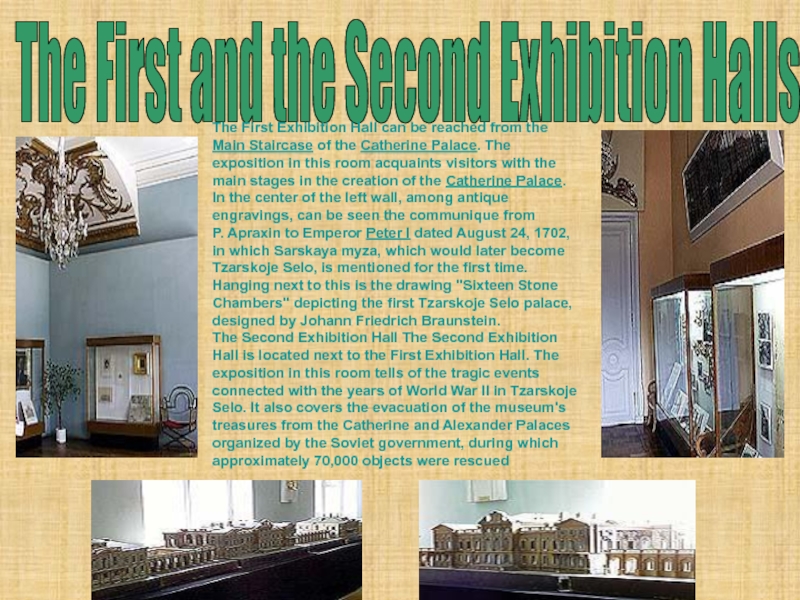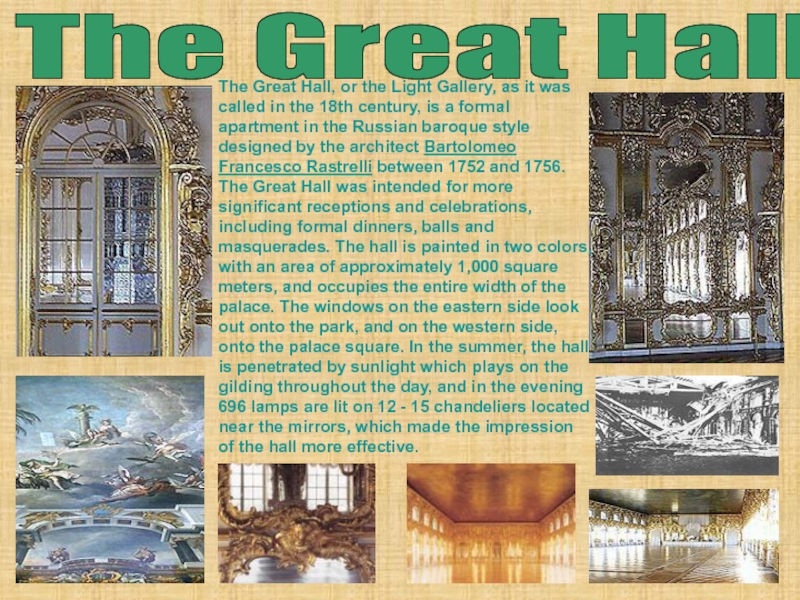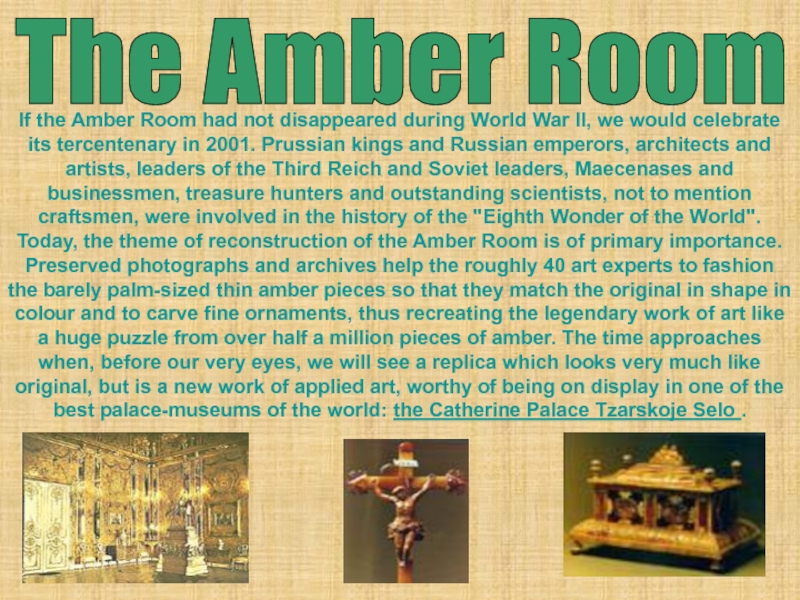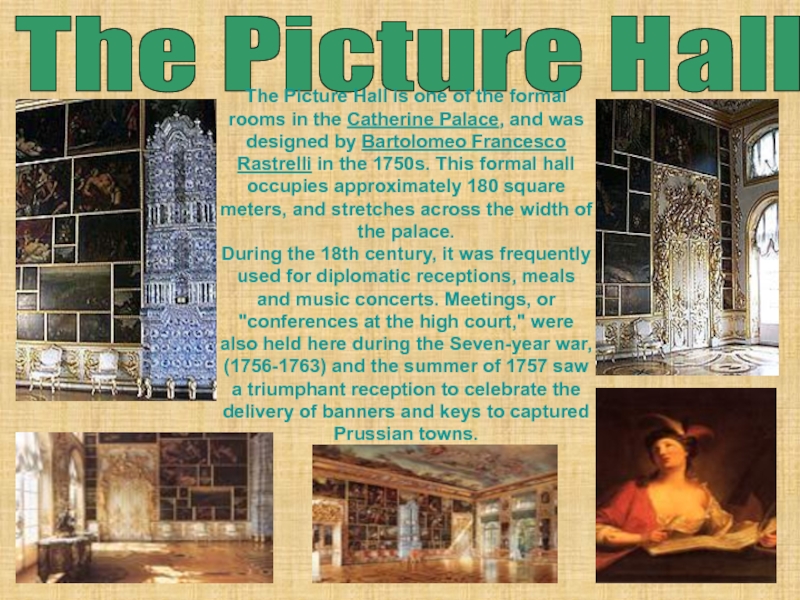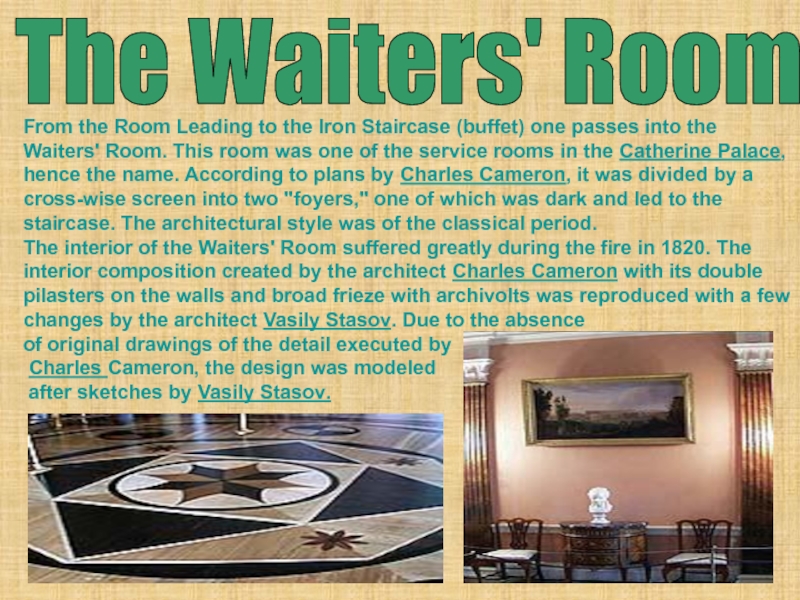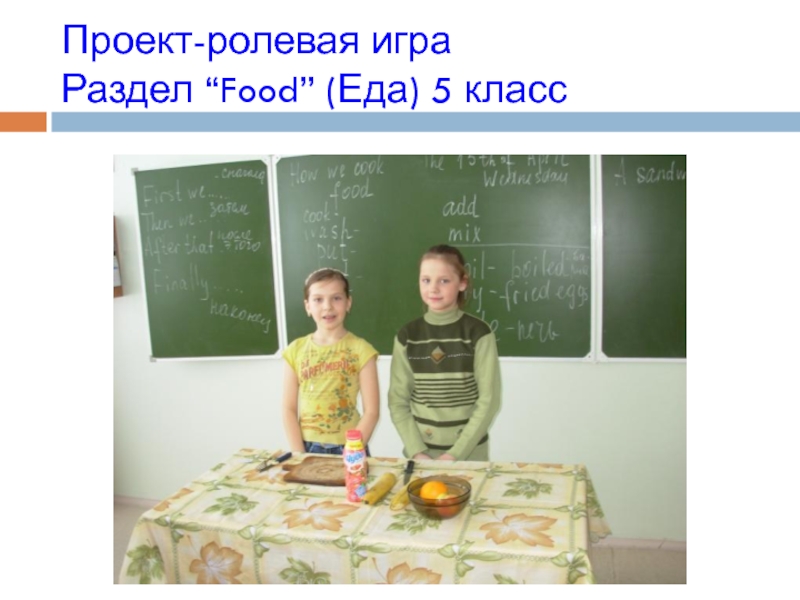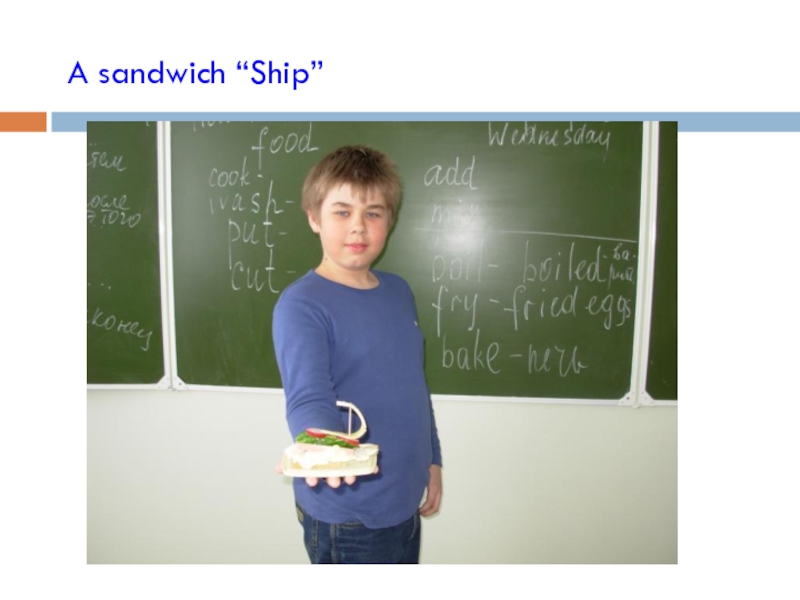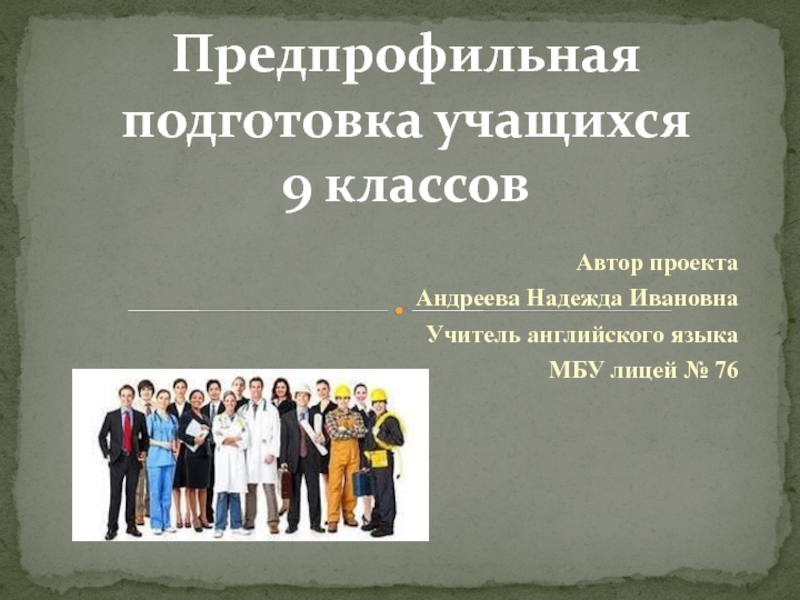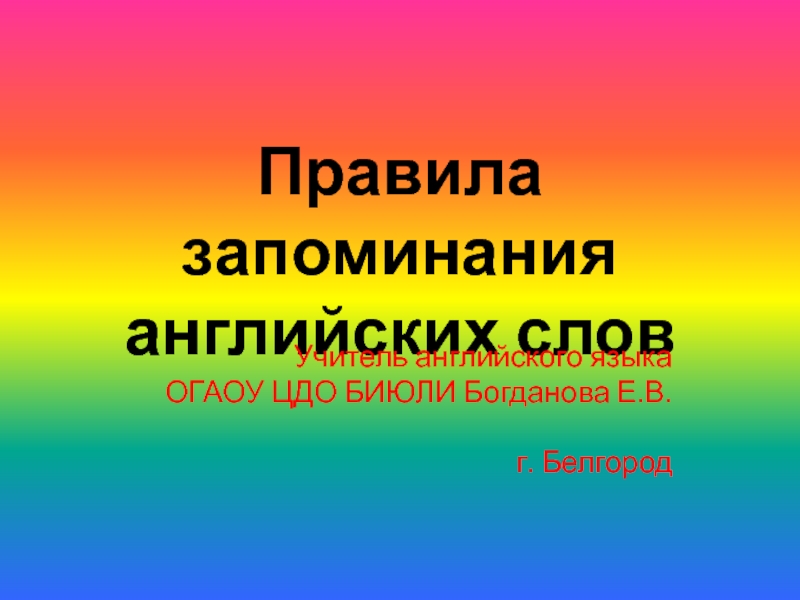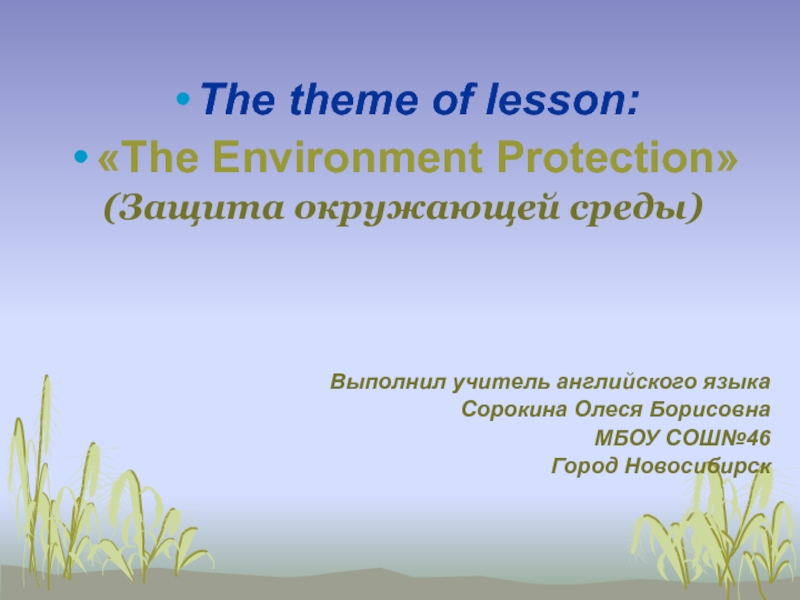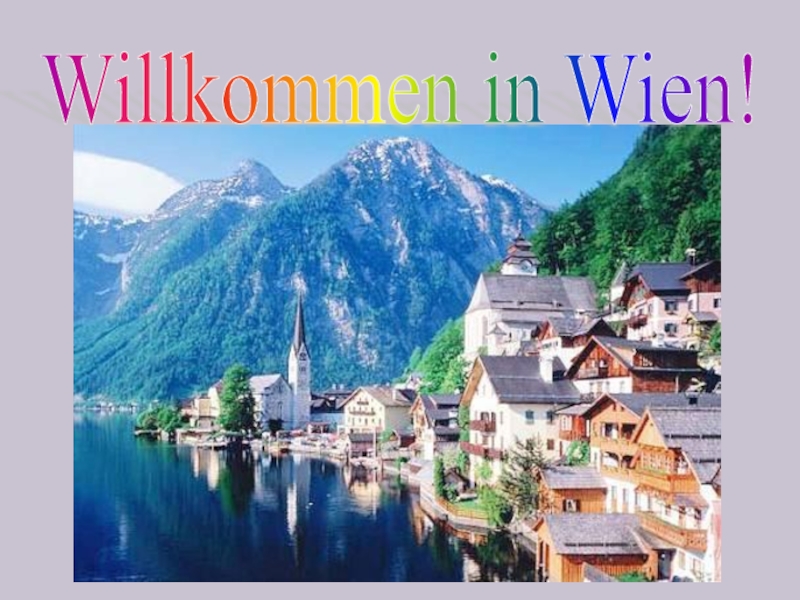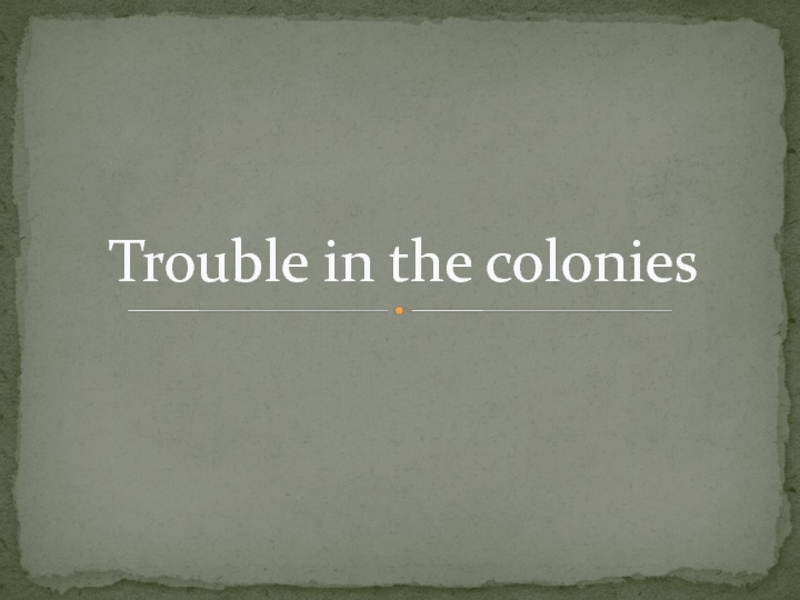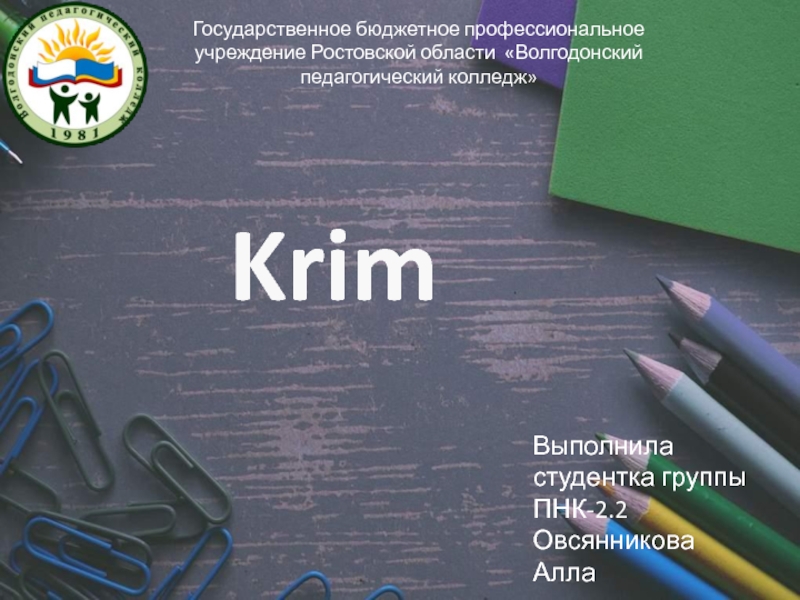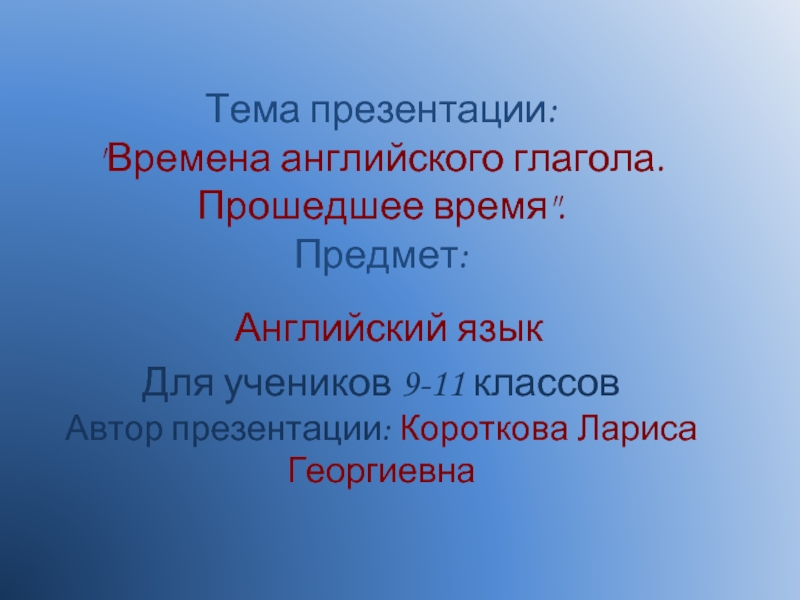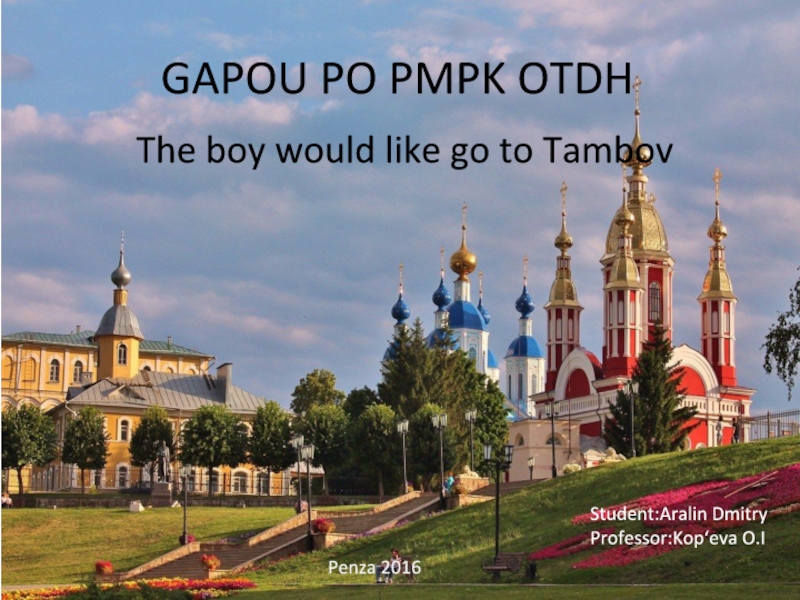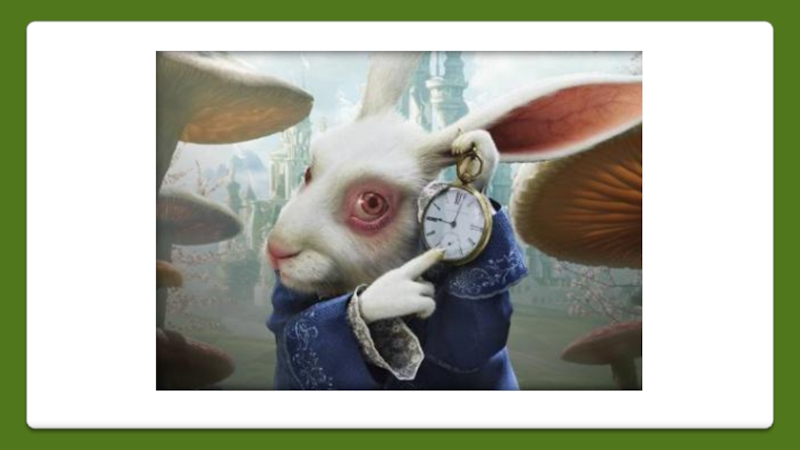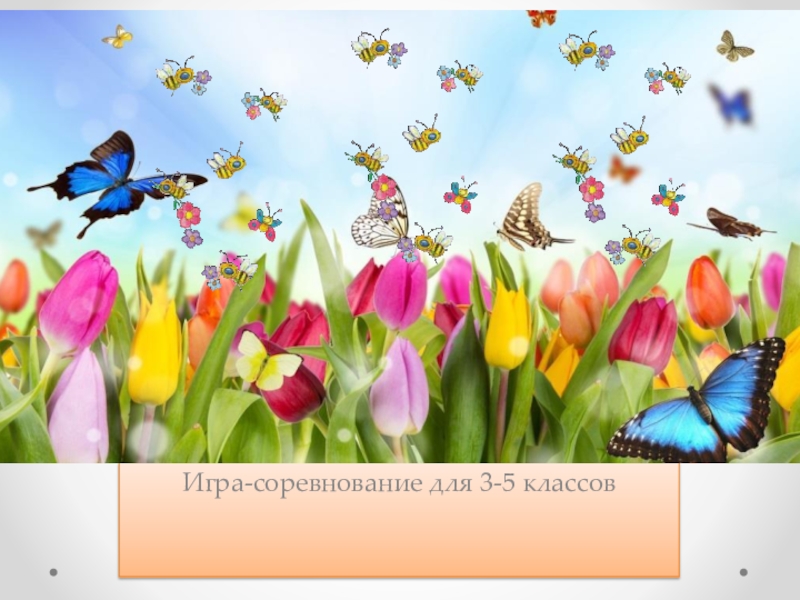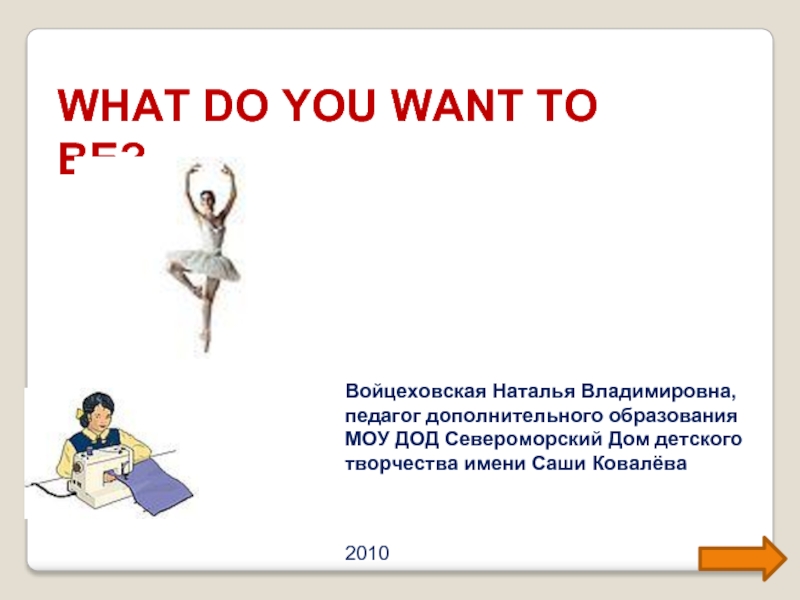Разделы презентаций
- Разное
- Английский язык
- Астрономия
- Алгебра
- Биология
- География
- Геометрия
- Детские презентации
- Информатика
- История
- Литература
- Математика
- Медицина
- Менеджмент
- Музыка
- МХК
- Немецкий язык
- ОБЖ
- Обществознание
- Окружающий мир
- Педагогика
- Русский язык
- Технология
- Физика
- Философия
- Химия
- Шаблоны, картинки для презентаций
- Экология
- Экономика
- Юриспруденция
Метод учебных проектов как средство активизации учебной деятельности на уроках английского языка
Содержание
- 1. Метод учебных проектов как средство активизации учебной деятельности на уроках английского языка
- 2. Определение понятияМетод проектов – система обучения, при
- 3. Главная особенностьГлавная особенность метода – обучение на
- 4. Метод проектов в России1905 – начало проектных
- 5. Достоинства проектной деятельностиРазвивает способности· к осмыслению своей деятельности
- 6. Этапы работы над учебным проектом
- 7. Виды проектов на уроках английского языкаИндивидуальный письменныйКоллективный (или парный) письменныйКоллективный (или парный) устный
- 8. Формы индивидуального и коллективного (письменного проектов) проектовОписание
- 9. Проект на уроке (индивидуальный)
- 10. Парный проект ( 8 класс)
- 11. Проект на уроке (коллективный)
- 12. Our class in the holidays
- 13. Компьютерная презентация (5 класс)
- 14. Happy eggs
- 15. Take two eggs and oil.
- 16. Pour out oil
- 17. Break one egg
- 18. Break two eggs
- 19. Sprinkle salt
- 20. Enjoy your eggs
- 21. Компьютерная презентация 8 класс “Tsarskoye Selo” by Klementyeva Polina 8-B
- 22. A Brief History Of Tzarskoje Selo For
- 23. The Russian Monarchy EMPEROR PETR IPetr I Alexeevich (1672-1725)
- 24. EMPEROR PAUL IPaul I Petrovich (1754-1801) - Emperor from
- 25. Plan of the Catherine Palace
- 26. The Catherine Palace The exposition in the
- 27. The Main Staircase Between the years 1752
- 28. The First and the Second Exhibition Halls
- 29. The Great Hall The Great Hall, or
- 30. The Amber Room If the Amber Room
- 31. The Picture Hall The Picture Hall is
- 32. The Waiters' Room From the Room Leading
- 33. Проект-ролевая игра Раздел “Food” (Еда) 5 класс
- 34. How we cooked salad…
- 35. The salad is ready…
- 36. Enjoy our salad…
- 37. A sandwich “Ship”
- 38. Thank you for attention!
- 39. Скачать презентанцию
Слайды и текст этой презентации
Слайд 1Метод учебных проектов как средство активизации учебной деятельности на уроках
английского языка
Слайд 2Определение понятия
Метод проектов – система обучения, при которой учащиеся приобретают
знания в процессе планирования и выполнения постоянно усложняющихся практических заданий
– проектов.Слайд 3Главная особенность
Главная особенность метода – обучение на активной основе, через
целесообразную деятельность ученика, соответствующую его личным интересам.
Основоположник – Джон Дьюи
(США) 1859-1952Слайд 4Метод проектов в России
1905 – начало проектных технологий под руководством
С.Т. Шацкого
20-е годы – внедрение «комплексного метода», серия ошибок и
перегибов.1931 год – запрет на применение метода проектов
90-е годы XX века – возрастание интереса, становится неотъемлемой частью концепции модернизации российского образования.
Слайд 5Достоинства проектной деятельности
Развивает способности
· к осмыслению своей деятельности с позиций ценностного
подхода;
· к целеполаганию;
· к самообразованию и самоорганизации;
· к синтезированию, интеграции
и обобщению информации из разных источников;· к творчеству
· делать выбор и принимать решения.
Слайд 7Виды проектов на уроках английского языка
Индивидуальный письменный
Коллективный (или парный) письменный
Коллективный
(или парный) устный
Слайд 8Формы индивидуального и коллективного (письменного проектов) проектов
Описание ( дома, школы
будущего .достопримечательности и т. д.)
Рассказ ( сказка, детектив)
Рецензия на книгу
Мини-исследование
об истории вещейСценарий к фильму
Коллаж из нескольких текстов на заданную тему и др.
Компьютерная презентация
Художественный перевод стихотворения
Слайд 22A Brief History Of Tzarskoje Selo
For nearly 200 years
Tzarskoje Selo had been a summer residence of the Russian
Royal Family. Many of the significant state affairs were conducted here. The magnificence of its fronts, interieur, pavilions and parks putsTzarskoje Selo into the rank of the world's largest museums. The real gem of the Catherine palace, the Amber room, is considered the eighth wonder of the world.Слайд 23The Russian Monarchy
EMPEROR PETR I
Petr I Alexeevich (1672-1725) - Tsar from
1682, Emperor from 1721.
EMPRESS CATHERINE I
Catherine I Alexeevna (1684 -1727) -
Empress from 1725 EMPEROR PETR II
Petr II Alexeevich (1715-1730) - Emperor from 1727.
EMPRESS ANNA IVANOVNA
Anna Ivanovna (1693-1740) - Empress from 1730.
EMPEROR IVAN VI
Ivan VI Antonovich (1740-1764) - Emperor from 1740 to 1741.
EMPRESS ELIZABETH I
Elizabeth Petrovna (1709-1761) - Empress from 1741
EMPEROR PETR III
Petr III Fyodorovich (1728 - 1762) - Emperor from 1761 to 1762
EMPRESS CATHERINE II
Catherine II Alexeevna (1729-1796) - Empress from 1762.
Слайд 24EMPEROR PAUL I
Paul I Petrovich (1754-1801) - Emperor from 1796.
EMPEROR ALEXANDER I
Alexander I
Pavlovich (1777-1825) - Emperor from 1801
EMPEROR NICHOLAS I
Nicholas I Pavlovich (1796-1855)
- Emperor from 1825. EMPEROR ALEXANDER II
Alexander II Nikolaevich (1818-1881) - Emperor from 1855.
EMPEROR ALEXANDER III
Alexander III Alexandrovich (1845-1894) - Emperor from 1881.
EMPEROR Nicholas II
Nicholas II Alexandrovich (1868-1918) - last Russian emperor, ruled from 1894 to 1917
Слайд 26The Catherine Palace
The exposition in the Catherine Palace Museum
(prior to 1910 - the Great Tzarskoje Selo Palace) encompasses the
250-year history of the famous monument, and acquaints visitors with the work of the architects who participated in its construction and decoration in the 18th and 19th centuries, and also with the current state of this unique landmark, with the work of restorers who managed to bring the palace back to life after World War II. The Tzarskoje Selo and the Orient exposition, located in the former personal quarters not yet restored, continues to be featured at the Catherine Palace Museum.Слайд 27The Main Staircase
Between the years 1752 and 1756, during
reconstruction of the Catherine Palace, Bartolomeo Francesco Rastrelli placed the
Main Staircase at a distance from the entrance gates to the palace in the southern part of the building, topped by a spired dome. Rastrelli's Main Staircase was destroyed at the end of the 18th century during the reign of Catherine II. In its place, Charles Cameron erected a new Main Staircase in the center of the palace, in place of the Chinese Hall created by Bartolomeo Francesco Rastrelli. The staircase occupies the entire height and width of the Catherine Palace and is illuminated from the east and west by windows placed on three levels. The walls boast decorative 18th and 19th century Chinese and Japanese porcelain vases and plates. The windows of the Main Staircase are dressed with crimson draperies.Слайд 28The First and the Second Exhibition Halls
The First Exhibition
Hall can be reached from the Main Staircase of the
Catherine Palace. The exposition in this room acquaints visitors with the main stages in the creation of the Catherine Palace. In the center of the left wall, among antique engravings, can be seen the communique from P. Apraxin to Emperor Peter I dated August 24, 1702, in which Sarskaya myza, which would later become Tzarskoje Selo, is mentioned for the first time. Hanging next to this is the drawing "Sixteen Stone Chambers" depicting the first Tzarskoje Selo palace, designed by Johann Friedrich Braunstein.The Second Exhibition Hall The Second Exhibition Hall is located next to the First Exhibition Hall. The exposition in this room tells of the tragic events connected with the years of World War II in Tzarskoje Selo. It also covers the evacuation of the museum's treasures from the Catherine and Alexander Palaces organized by the Soviet government, during which approximately 70,000 objects were rescued
Слайд 29The Great Hall
The Great Hall, or the Light Gallery,
as it was called in the 18th century, is a formal
apartment in the Russian baroque style designed by the architect Bartolomeo Francesco Rastrelli between 1752 and 1756. The Great Hall was intended for more significant receptions and celebrations, including formal dinners, balls and masquerades. The hall is painted in two colors, with an area of approximately 1,000 square meters, and occupies the entire width of the palace. The windows on the eastern side look out onto the park, and on the western side, onto the palace square. In the summer, the hall is penetrated by sunlight which plays on the gilding throughout the day, and in the evening 696 lamps are lit on 12 - 15 chandeliers located near the mirrors, which made the impression of the hall more effective.Слайд 30The Amber Room
If the Amber Room had not disappeared
during World War II, we would celebrate its tercentenary in 2001.
Prussian kings and Russian emperors, architects and artists, leaders of the Third Reich and Soviet leaders, Maecenases and businessmen, treasure hunters and outstanding scientists, not to mention craftsmen, were involved in the history of the "Eighth Wonder of the World".Today, the theme of reconstruction of the Amber Room is of primary importance. Preserved photographs and archives help the roughly 40 art experts to fashion the barely palm-sized thin amber pieces so that they match the original in shape in colour and to carve fine ornaments, thus recreating the legendary work of art like a huge puzzle from over half a million pieces of amber. The time approaches when, before our very eyes, we will see a replica which looks very much like original, but is a new work of applied art, worthy of being on display in one of the best palace-museums of the world: the Catherine Palace Tzarskoje Selo .
Слайд 31The Picture Hall
The Picture Hall is one of the
formal rooms in the Catherine Palace, and was designed by
Bartolomeo Francesco Rastrelli in the 1750s. This formal hall occupies approximately 180 square meters, and stretches across the width of the palace.During the 18th century, it was frequently used for diplomatic receptions, meals and music concerts. Meetings, or "conferences at the high court," were also held here during the Seven-year war, (1756-1763) and the summer of 1757 saw a triumphant reception to celebrate the delivery of banners and keys to captured Prussian towns.
Слайд 32The Waiters' Room
From the Room Leading to the Iron
Staircase (buffet) one passes into the Waiters' Room. This room
was one of the service rooms in the Catherine Palace, hence the name. According to plans by Charles Cameron, it was divided by a cross-wise screen into two "foyers," one of which was dark and led to the staircase. The architectural style was of the classical period.The interior of the Waiters' Room suffered greatly during the fire in 1820. The interior composition created by the architect Charles Cameron with its double pilasters on the walls and broad frieze with archivolts was reproduced with a few changes by the architect Vasily Stasov. Due to the absence
оf original drawings of the detail executed by
Charles Cameron, the design was modeled
after sketches by Vasily Stasov.
